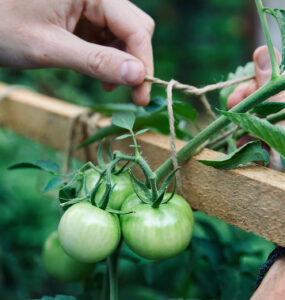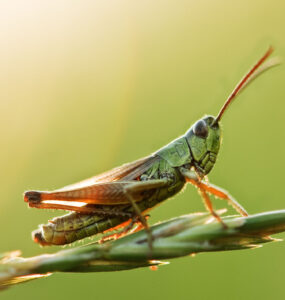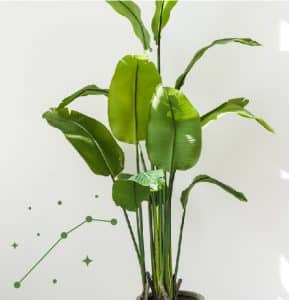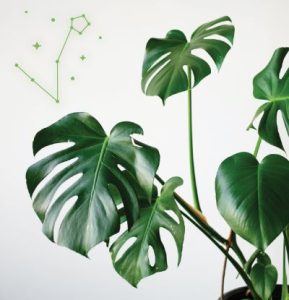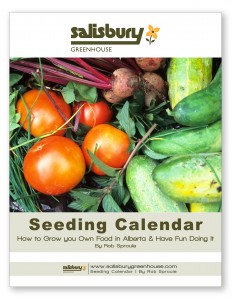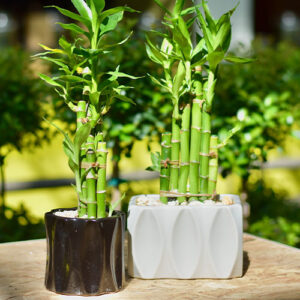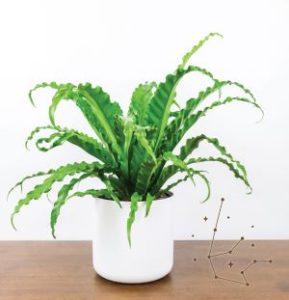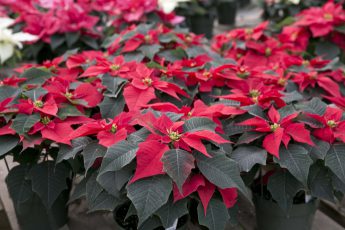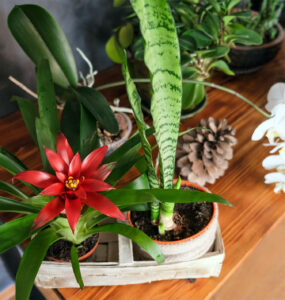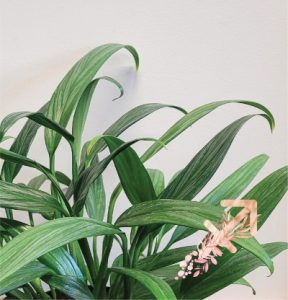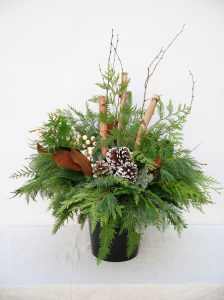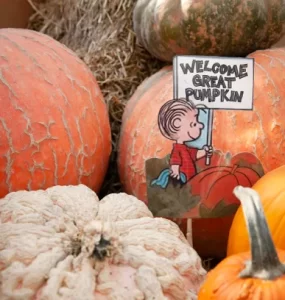Not All Bees are Scary
by Rob Sproule
I’m writing this article because it drives me crazy when people ask me how to kill the bees in their yard, assuming that all bees, wasps and honeybee alike, behave them same. Behaviourally, honeybees and wasps are as different as squirrels and sharks.
It’s myth-busting time. Honeybees are not aggressive unless you go out of your way to attack them. Honeybees and wasps do not work together, in fact they are mortal enemies in nature. Bees are vegetarians while wasps are carnivores; they may come from the same order (Hymenoptera) but that’s where the similarities end.
With more cities legalizing back-yard beehives across Canada, appreciating the differences between bees and wasps is more important than ever. Honeybees are not something to be feared, even by allergy sufferers, because they simply will not attack you unless mortally threatened. I guarantee that the more you learn about honeybees, like I did, the more agitation and fear will turn to wide-eyed wonder.
Honeybees
It’s hard to overstate how beneficial honeybees are. They pollinate a third of the food we eat, increase yields of some of our most important crops, and produce one of the most perfect foods on earth: honey.
The size of honeybee colonize can alarm people. With hives often approaching 60,000 buzzing critters, there’s always ample hubbub surrounding them. While they opt for hollow trees in the wild, most live in man-made hives now.
Honeybee hives function like societies, with remarkably organized social hierarchies and communication methods. Queens can live for up to 4 years and workers around 6 weeks, during which time 12 of them combined will produce about a teaspoon of honey.
Of course, honeybees produce copious amount of sweet, sweet honey and they don’t hibernate. As the mercury plunges they crowd together, feed on energy rich honey, and vigorously shiver their wing muscles.
The winter huddle condenses as it gets colder, and the intense vibrating energy keeps the queen, cloistered in the centre, at a balmy 30 degrees Celsius, even at -40 outside! For this amount of energy, an average hive will consume about 40 pounds of honey over the winter.
Unlike wasps, honeybees aren’t aggressive and won’t sting you unless their life, or their hive, is directly threatened. It takes a lot to be stung by a honeybee – you pretty much to sit on it or squish it in your hands!
Honeybee stingers are barbed. When they sting, a good part of their digestive system is torn out of them as they fly away, resulting in death from sheer trauma. Yet another reason they aren’t keen to sting.
Wasps
While most wasp species are solitary, parasitic, harmless, and usually invisible, the few social species have churned up notoriety for all, with the picnic crashing Yellow Jacket being the most common. They’re sleek, quick, and aggressive.
Yellow-jackets often make nests below ground or in other hard to reach places, and sometimes you don’t know where one is until you’ve run over its entrance with the lawnmower. They’re attracted to strong odours like colognes and perfumes, bright, floral coloured clothing and will try to scavenge whatever meats and sweets (i.e., burgers and coke) they can.
The key behavioural difference between honeybees and wasps and that while the former are foragers, wasps are predators. Carnivorous and aggressive, wasps hunt more than they pollinate and spend their afternoons hunting insects, flies, and even caterpillars.
While smaller than honeybee colonies, wasp nest populations can still approach 10,000. Given the behavioural differences, a 1000 strong wasp nest will be much, much more a nuisance than a 50,000 strong honeybee hive.
Wasps can, and will, sting repeatedly. Their sleek stinger will can pierce and withdraw like a sewing machine needle, both injecting venom and releasing a pheromone inviting their many friends to charge into the fray. While we fear the very visible honeybee swarms, the irony is that it’s the solitary wasp which can conjure dangerous minions.
Hornets
While hornets are a type of wasp, they have significant behavioural differences. Bald-faced hornets, our most common variety, sports black and white markings and a broader body, resembling more a torpedo than a sleek wasp missile.
As carnivores, yellow jackets and hornets devour enough soft bodied pests to be considered beneficial, but very few see them that way. They also adore rotting fruit, so leaving fallen apples or fruit to rot is equivalent to opening a buffet.
Hornets build large, pear-shaped mottled grey nests in trees or under overhangs. Discovering one of these in your yard always makes the heart beat a little faster.
Bumblebees
We’ve all marvelled at how these gentle zeppelins can sustain flight with such tiny wings. In the1930s, when French entomologist August Magnan even determined that bumblebee flight should be impossible by the laws of physics. Bumblebees, of course, can fly, while exactly how remains one of many of the mysteries that Nature still keeps to herself.
Gentle giants, bumblebees live in relatively tiny nests of 50-300 bees, and only generate small amounts of a honey-like substance for their own use. Only queens survive the winter, nestled into holes in the ground.
As timid as bumbles are, they will sting if threatened. Contrary to myth they can sting numerous times but prefer to keep to themselves.
While honeybees have short tongues and prefer open, full-blooming flowers, bumblebees’ tongues are more specialized. Each species has a longer, unique tongue that allows them to pollinate certain types of flowers with outstanding efficiency. It also makes them more vulnerable to starvation via habitat loss.



